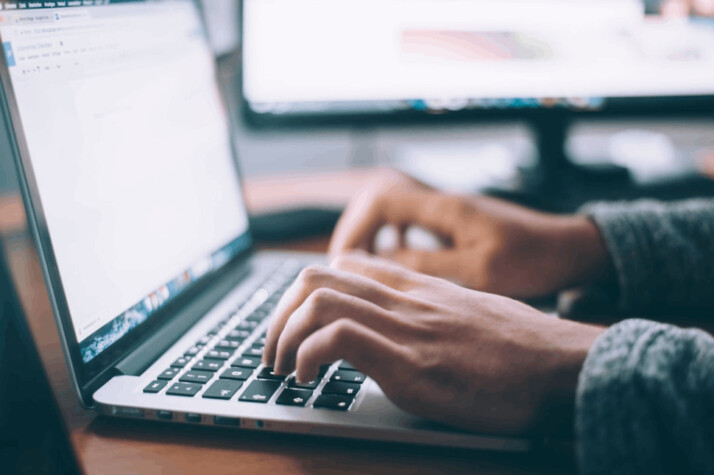Are you struggling to keep your clients engaged? Follow-up emails are a great way to generate more interest and stay top of mind. It can be after a meeting or a call or to remind someone about an upcoming event or deadline. Regardless, sending out follow up emails for clients can be a great method to strengthen connections with current and future customers.
But what makes for the best follow-up email? How do you know if yours is hitting the mark? Here are some tips for crafting excellent follow up emails that will help keep your client relationships strong. Let’s get started!
Why Send Follow up Emails to Clients?
Follow-up emails are messages sent shortly after initial contact with a client. They aim to check in and ensure the client receives the news and maintains a presence in their mailbox. It’s also an opportunity to provide additional information or resources that may be helpful. Follow-up emails can remind clients of upcoming events or deadlines, solicit feedback, or even thank them for their business.
When to Write Follow up Emails for Clients
Follow-up emails should be written shortly after initial contact with a client. This could mean sending an email immediately or waiting a few days to check in again. It’s essential to follow up quickly, as the message may get lost in other emails they receive each day.
Tips for Crafting the Best Follow up Emails for Clients

Personalize Your Message
When it comes to writing effective emails, personalizing them is vital. Clients want to feel like they’re being heard and that their input is valuable.
Make sure to address them by name and use language that speaks directly to them. If you’re sending out a broad email, take the time to craft individual ones for each recipient.
Have a Clear Purpose
Your follow up emails should have a specific purpose in mind. Whether to confirm details or check progress, make sure your message is brief and straight to the point.
This will help keep your client from getting overwhelmed with too much information at once. Include any action items they need to complete and attach relevant documents they may find helpful.
Show Appreciation
Do not forget to thank your clients for their time and effort. Your follow-up emails should be an opportunity to express your appreciation for the work they’ve done so far. Let them know how much you value their contributions, and include positive reinforcement whenever possible.
Use a Friendly, Conversational Tone.
Your follow up emails should be warm and inviting. Whenever possible, use language that is personable and easy to understand. Avoid using technical terms or industry jargon, as this can be intimidating or confusing for some clients.
Follow up Promptly
When it comes to sending great follow-up emails, timing is crucial. If you want your communication to reach its intended recipient soon, you can speed up the process. Do this by sending it in advance or establishing reminders. Consider sending out regular follow-ups as part of a well-defined email strategy that keeps your clients engaged and connected.
Five Samples of Follow up Emails for Clients
Email 1
Hi (client name)! I wanted to ensure you received my message the other day. I can’t wait to start working on this with you and to get your feedback. Feel free to contact me if you have any inquiries or desire any further clarification.
Email 2
Hello (client name)! Just a quick reminder that our meeting is coming up soon – please inform me if there’s anything else we should discuss beforehand. Looking forward to it!
Email 3
Good afternoon (client name); I hope this finds you well. Thank you again for meeting with us last week – it was great getting your input on the new project. Looking forward to seeing the results!
Email 4
Hi (client name)! I’d like to ensure you’re all set for the launch of your new website tomorrow. Please do not be reluctant to get through to us if we can be of more assistance.
Email 5
Dear (client name), I hope this meets you in high spirits. Thank you again for all your hard work on this project – it wouldn’t have been possible without your expertise and collaboration. Wishing you continued success!
Conclusion
Follow-up emails for clients are essential to maintaining strong relationships with existing customers and prospects alike. By showing appreciation and providing helpful resources, these messages can be potent tools for building trust and developing strong partnerships. Use the tips and samples provided to craft effective follow up emails today!
Explore All Write A Follow Up Email Articles
Time Your Follow-Up Emails & Reach Prospects
When you don’t hear back right away from a client, it can feel confusing at first. You might wonder, should…
Networking Follow-Up Emails (For Better Opportunities)
A follow up thank you email after networking can maximize the benefits of meeting new people. You’ve just finished up a great…
Follow-Up Email Tips to Win Better Opportunities
On our conquest to find the ultimate job, many of us forget the importance of one powerful tool: follow up…
Improved Strategy For Survey Follow-Ups
Conducting customer surveys is just the first step of your research. Next is to follow up after survey and start analyzing the…
Friendly Reminder Email Guide (2022)
You’ve sent an important email and have been waiting for a reply for a day or two. Now you’re starting…
Great Thank You Email After an Interview
Job seekers often wonder if they should send a thank you email after an interview. The answer is YES! A…
